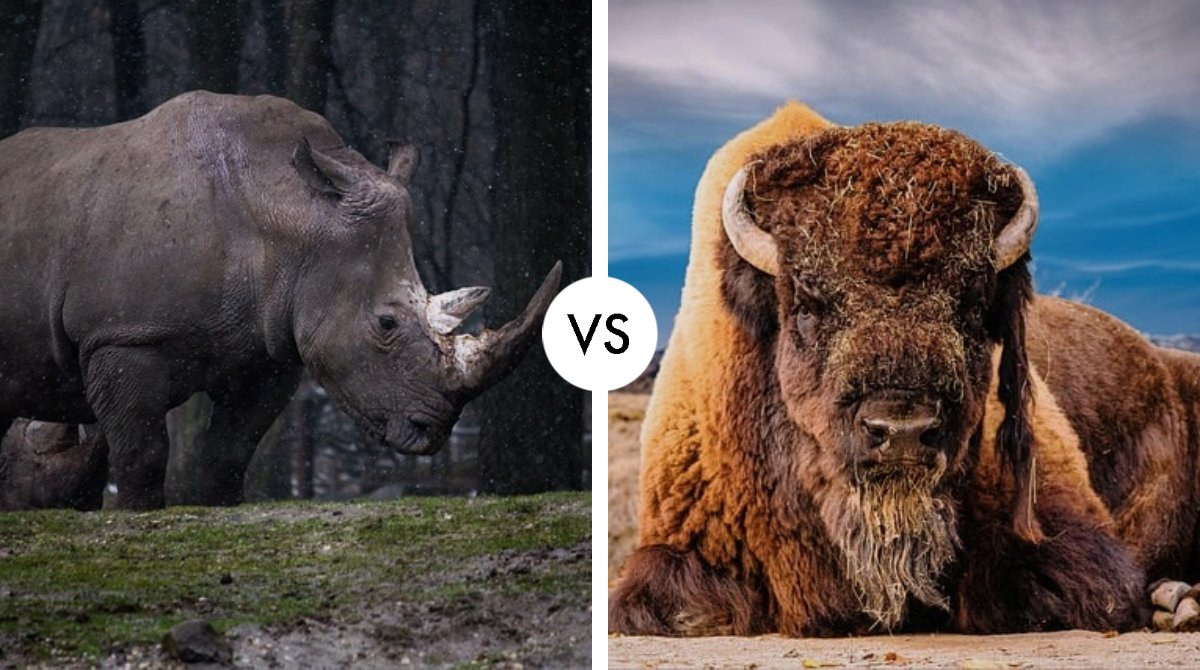Location and Habitat
The hyrax, a small mammal often mistaken for a rodent, thrives in rocky terrains and dense bushlands across Africa and the Middle East. These creatures are particularly adept at climbing and often seek shelter in crevices among the rocks where they form communal living groups. Their habitat choice provides protection from predators and extreme weather conditions, making rocky outcrops and cliffs their preferred environments.
On the other hand, vipers, a family of venomous snakes, are found in diverse habitats ranging from deserts and forests to mountainous regions across Europe, Asia, and Africa. Each species has adapted to its specific locale; for instance, the pit vipers use their heat-sensing capabilities to hunt in the dense forests of Asia, while sand vipers camouflage perfectly with the arid deserts of the Middle East. Their ability to thrive in varied environments highlights their adaptability and the wide range of their ecological niches.
Hyrax vs. Viper Comparison
| Animal | Size and Weight | Ability to Finish Opponent | Weaponry |
|---|---|---|---|
| Hyrax | Approx. 30-70 cm in length and 2-5 kg in weight | Low; primarily defensive, lacks offensive capabilities | Strong teeth for biting |
| Viper | Varies widely; typically 1-2 meters in length and 0.5-3 kg in weight | High; venomous bite capable of incapacitating or killing | Venomous fangs |
Hunting and Skills
Hyraxes, small herbivorous mammals, primarily feed on vegetation such as leaves, fruits, and bark, relying on their sharp incisors to gnaw plant material. They are not predators but rather prey for various carnivores; their primary defense mechanism includes hiding in rock crevices and using sentinels to warn of approaching threats. In contrast, vipers are predatory reptiles that use their venomous bite to immobilize or kill their prey, which includes small mammals, birds, and insects. Vipers typically employ an ambush strategy, lying in wait to strike quickly when prey comes within range. Their ability to blend into their surroundings provides a significant advantage in capturing food and avoiding predators.
Hyrax vs. Viper Who Would Win?
The viper strikes quickly, aiming to inject venom. The hyrax tries to dodge and escape, but its slower reflexes make it vulnerable. The viper’s venomous bite incapacitates the hyrax, leading to its eventual defeat. Viper wins with an 85% chance of victory.




